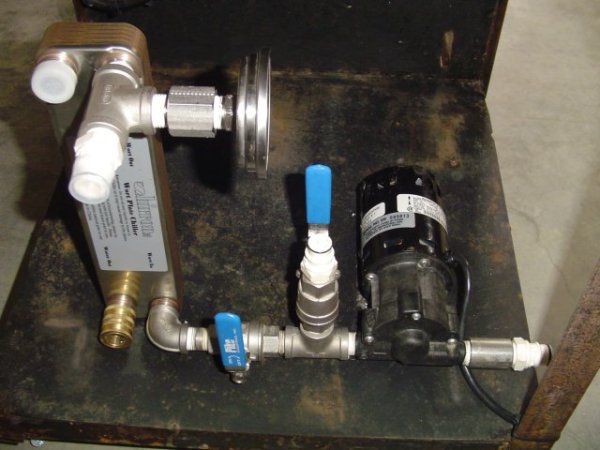You are probably right, garden hoses are pretty durable. I was just pointing out what could happen. After all, I have never wanted to break a carboy with a carboy brush, but I did.
By the same argument, one could say brewing outdoors is dangerous because a meteor could hit you.
I've never had a garden hose puncture in regular use and I know I'm much more careful with my brewing equipment than my gardening equipment. :cross:


















































![Craft A Brew - Safale S-04 Dry Yeast - Fermentis - English Ale Dry Yeast - For English and American Ales and Hard Apple Ciders - Ingredients for Home Brewing - Beer Making Supplies - [1 Pack]](https://m.media-amazon.com/images/I/41fVGNh6JfL._SL500_.jpg)









